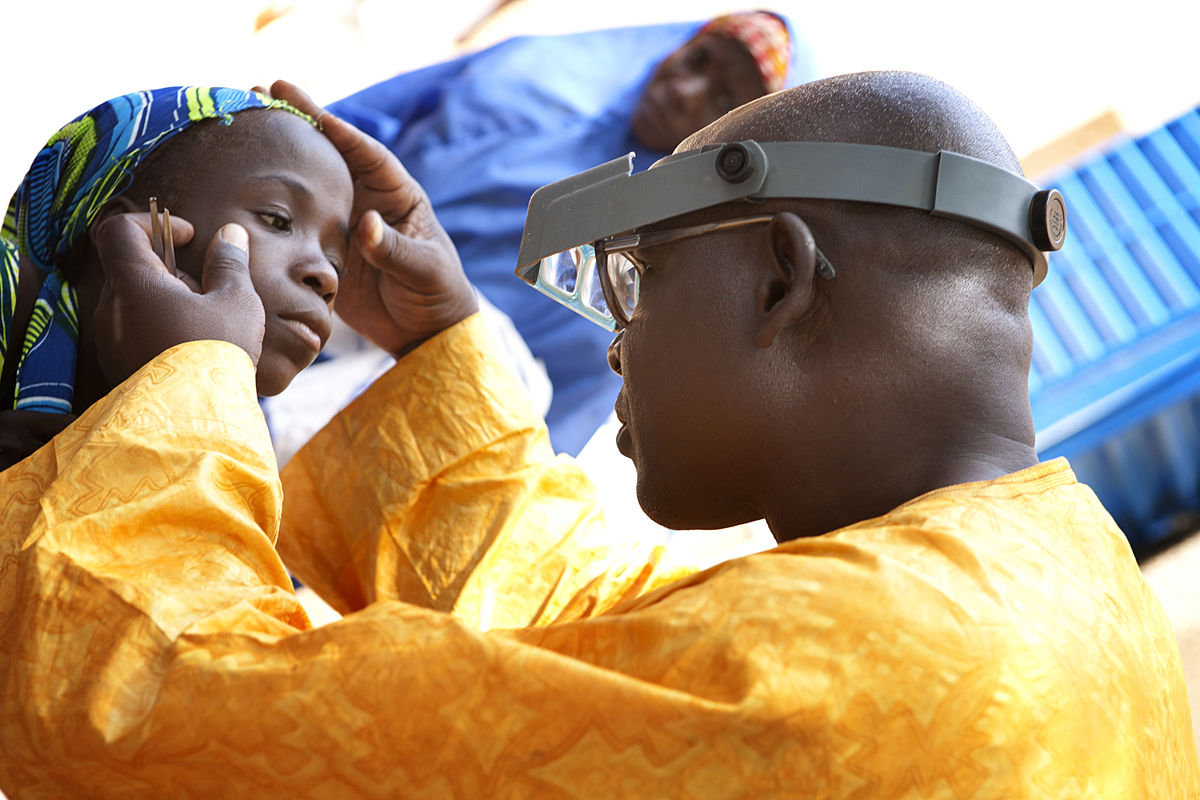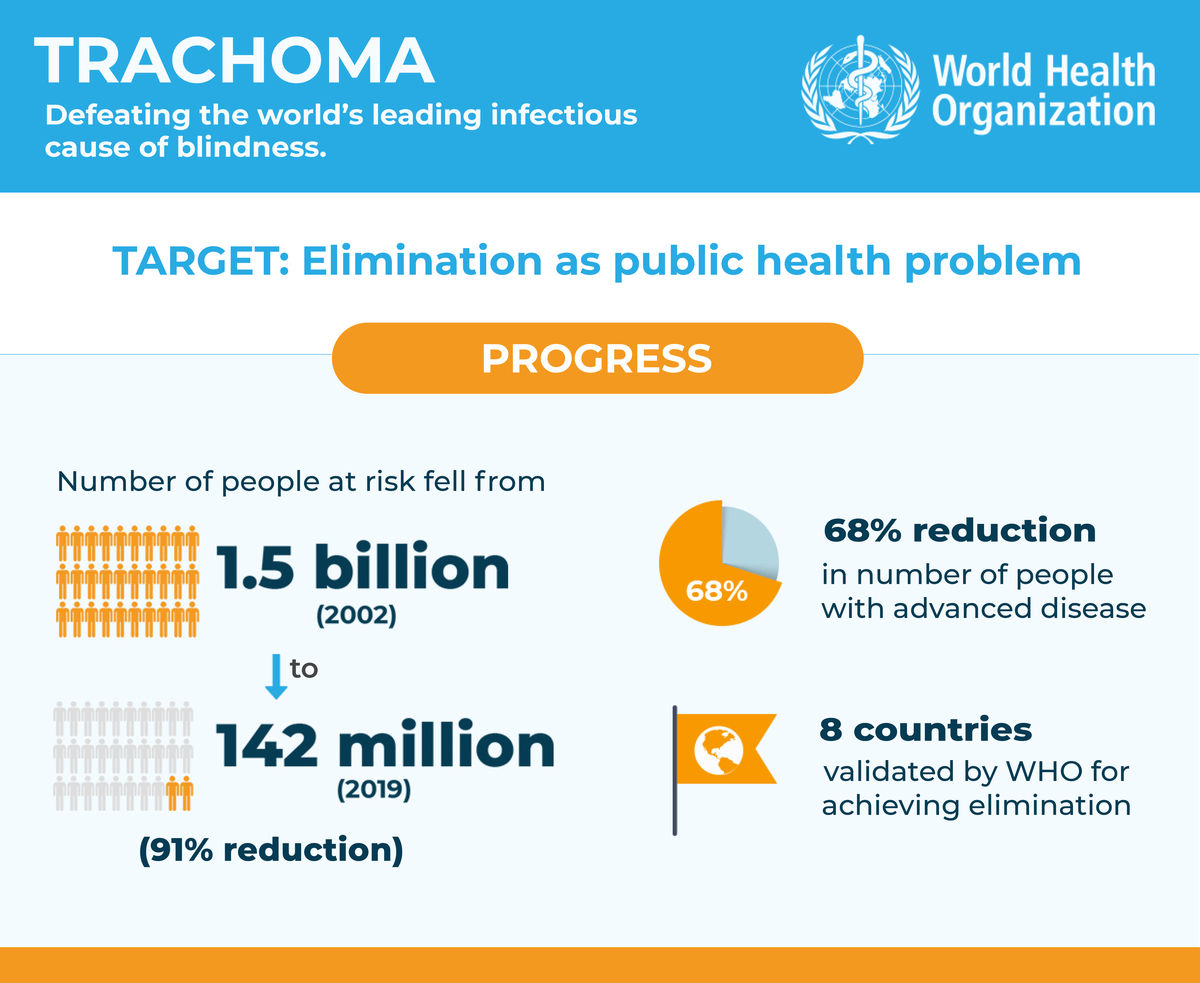The number of people at risk for trachoma, a painful and infectious cause of blindness affecting those in the most vulnerable situations, has now fallen by 91 percent since 2002, a reduction from 1.5 billion people to just over 142 million. New data presented today at the 22nd meeting of the WHO Alliance for the Global Elimination of Trachoma by 2020 (GET2020) also demonstrated that the number of people requiring surgery for late stages of the disease has dropped by 68 percent.

Since 1998, we have invested over $70 million in key partners with the goal to eliminate blinding trachoma. This has been largely through support for the SAFE strategy, namely: surgery for trichiasis, antibiotics to clear infection, and facial cleanliness and environmental improvement to reduce transmission.

“This is great progress, but we cannot afford to become complacent,” said Dr. Anthony Solomon, Medical Officer in charge of WHO’s global trachoma elimination programme. “We should be able to relegate trachoma to the history books in the next few years, but we will only do so by redoubling our efforts now. The last few countries are likely to be the hardest.”
Our funding strategy focuses on filling strategic gaps in this space, primarily through supporting trichiasis surgeries and investing in the generation of high-quality data to better target trachoma endemic areas. It has played a critical role in the fight against the disease, contributing directly to the programs in several target countries that have achieved elimination, including Morocco, Ghana and, most recently, Cambodia.